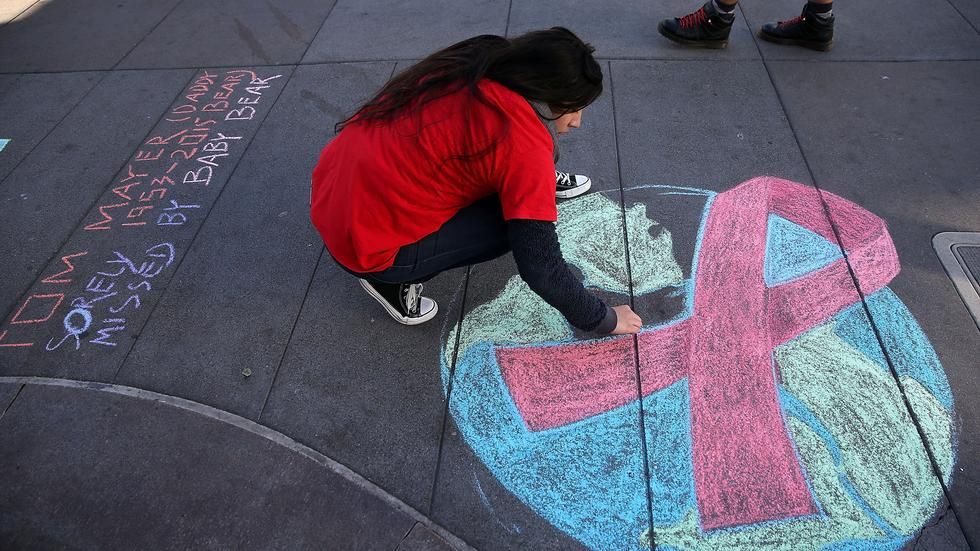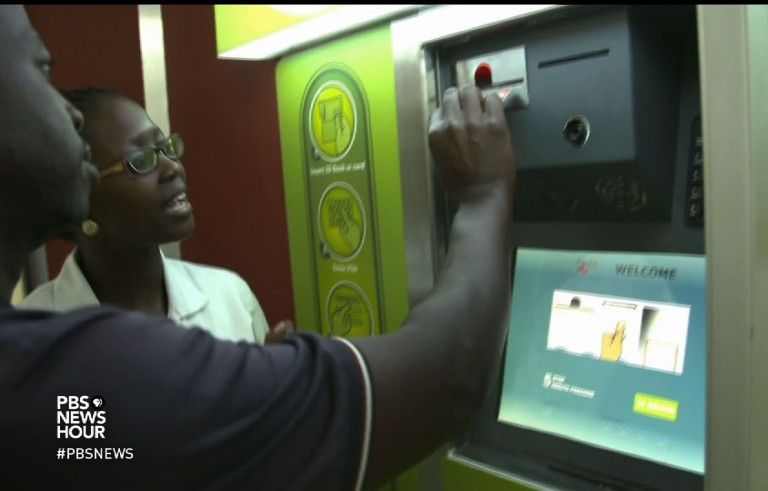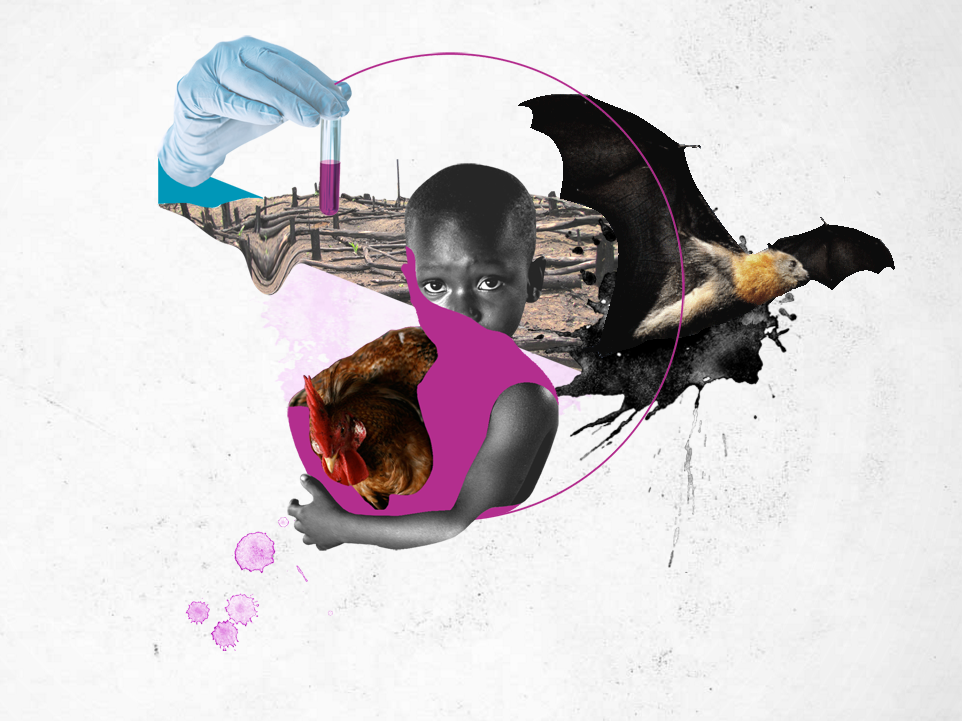Opening Activity:
1. Divide up into groups of 4-6 students. Make sure there are at least 5 groups and that you are spread out around the room.
2. Each group is a town. Take 5 minutes to
- Name your town
- Determine your 3 major exports
- Assign one person to be a trade representative
3. Go around the room and share the name of your town and your major exports.
4. Your trade representative will travel and visit two towns to negotiate a sale. As a group, take one minute to determine which towns your representative will visit.
5. When instructed, close your eyes. Your teacher will tap one person in the class on the shoulder. That person is infected. When the infected person shakes hands with someone, he or she will squeeze the person’s hand twice. Now that person is infected too and will do the same when he or she shakes a person’s hand.
6. When your instructor indicates, send your trade representative to the first town. When he or she is there, the representative should shake hands with at least two people.
7. After a minute, the trade representative should travel to the second town and shake hands with at least two people.
8. Now the representatives will return to their hometowns and shake hands with one person.
9. Once all the handshaking is done, raise your hand if you were infected. What is the best way to determine where the infection started?
10. As a class, determine how you want to conduct your investigation and try to determine who the original “infected” person is.
11. What are the risk factors for infection? Why are some people infected and other not?
- If you shake the hand of someone who has a cold, does that mean you get a cold?
- What other factors contribute to the risk of someone contracting a cold after shaking hands with someone who has a cold?
12. If you wanted to prevent the infection from spreading further, what would you do? Try to come up with multiple options.
13. What are the pros and cons of each prevention measure?
14. Do you think people would comply with these prevention measures? Does that matter?
Introducing the Lesson:
The activity you completed is a simplified model of part of an epidemiological investigation. According to the Centers for Disease Control and Prevention, “epidemiology is the study (scientific, systematic, data-driven) of the distribution (frequency, pattern) and determinants (causes, risk factors) of health-related states and events (not just diseases) in specified populations (patient is community, individuals viewed collectively), and the application of (since epidemiology is a discipline within public health) this study to the control of health problems.”
1. As a class, break down this description.
- Why would someone conduct an epidemiological study?
- What could someone learn from conducting a study?
- Can you think of current or recent examples of health-related events where people could use epidemiology?
- In the United States, what organizations or institutions conduct these types of investigations?
2. In the activity, you determined who had the disease, who it originated with, how it spread, and what methods might prevent its spread. Ideally during outbreaks, health professions including laboratory researchers, epidemiologists, biostatisticians, physicians, nurses, and veterinarians work with public officials and populations to figure out the same things you did.
Introducing the Resources:
Divide the class into at least two groups and assign one group to look at Jon Cohen’s reporting and the other to look at Carl Gierstorfer’s reporting in the Resource section. View each story in its original format on the outlet’s website.
- PBS NewsHour - San Francisco and South Africa
- Arte - Mawah
Discussion:
Each group should answer the following questions
- What is this piece about? Write one or two sentences that summarize the reporting.
- How are the events in each story related? Create a timeline and explain the connection between events.
- Who is it about? Who are the individuals identified and why do you think a journalist would use them as a source and/or include them?
- Do you think any of these people are using epidemiology?
- If yes, how? If no, why not?
- What methods are being used to prevent people with the virus from becoming ill or dying?
- What methods are used to stop the spread of the virus?
- How are the public or individuals with the virus involved in the attempt to prevent the spread of the disease?
- Why do people think these methods will work?
- What are the challenges of using them?
- Is there any evidence of their efficacy presented in the reporting?
- Based on what you viewed and read, can you make any generalizations about what makes a disease prevention program successful?
- What part of the reporting stood out to you?
- Was there anything that surprised you or that you did not know about?
- Did anything remind you of a situation you have been in or something that has happened in your life?
3. Each group should share their answers with the class as a 5-10 minute report.
Extension Activity:
1. Identify a disease that your city, county, or state health department is trying to control or eradicate.
2. Why are health officials trying to prevent the spread of this disease?
3. What populations are impacted by it?
4. What public health or medical methods are being used?
- How is the health department reaching out or interacting with:
- the public
- physicians, nurses, and other caretakers
5. Is there any evidence of success or failure?
6. If you were reporting on the disease control effort to people, who would you want to interview and what visual would you want to capture? How would you convey information about what you learned to the public?
CCSS.ELA-Literacy.RI.9-10.1
Cite strong and thorough textual evidence to support analysis of what the text says explicitly as well as inferences drawn from the text.
CCSS.ELA-Literacy.RI.9-10.2
Determine a central idea of a text and analyze its development over the course of the text, including how it emerges and is shaped and refined by specific details; provide an objective summary of the text.
CCSS.ELA-Literacy.RH.9-10.2
Determine the central ideas or information of a primary or secondary source; provide an accurate summary of how key events or ideas develop over the course of the text.
CCSS.ELA-Literacy.RH.9-10.3
Analyze in detail a series of events described in a text; determine whether earlier events caused later ones or simply preceded them.
CCSS.ELA-Literacy.RH.9-10.4
Determine the meaning of words and phrases as they are used in a text, including vocabulary describing political, social, or economic aspects of history/social science.
CCSS.ELA-Literacy.RST.9-10.2
Determine the central ideas or conclusions of a text; trace the text's explanation or depiction of a complex process, phenomenon, or concept; provide an accurate summary of the text.
If you have not covered the difference between endemics, epidemics, and pandemics with your class, begin by providing definitions to them. Definitions and additional exercises about epidemic disease occurrence can be found here.
When students are naming their towns and exports, encourage them to be as practical or creative as they want as long as it is not inappropriate.
When picking your infected person, think about how complicated you want the solution to be for the class. If you pick a trade representative, the “disease” will definitely spread to multiple “towns.” If you pick someone who is not a representative, there is a chance they will only shake hands with 1 or 2 people and the “infection” might not spread.
You can modify this activity to have larger groups, no groups, more people shaking hands, etc. Remember, the more that people shake hands, the more the “disease” spreads.
Prevent the spread of actual diseases by having your students wash their hands before the exercise. If you do not have convenient access to a sink and soap, provide antibacterial or alcohol-based hand sanitizer or wet wipes.
There are six parts to the PBS NewsHour series, The End of AIDS?. This lesson includes two of the segments, one from San Francisco and one from South Africa. You can add more segments or switch out segments. All six segments are available to view on the Pulitzer Center website for the project or individually below.





